Reconstructing the National Bank Controversy
Reconstructing the National Bank Controversy
Politics and Law in the Early American Republic
Eric Lomazoff
The University of Chicago Press
CHICAGO & LONDON
The University of Chicago Press, Chicago 60637
The University of Chicago Press, Ltd., London
2018 by The University of Chicago
All rights reserved. No part of this book may be used or reproduced in any manner whatsoever without written permission, except in the case of brief quotations in critical articles and reviews. For more information, contact the University of Chicago Press, 1427 E. 60th St., Chicago, IL 60637.
Published 2018
Printed in the United States of America
27 26 25 24 23 22 21 20 19 18 1 2 3 4 5
ISBN -13: 978-0-226-57931-3 (cloth)
ISBN -13: 978-0-226-57945-0 (paper)
ISBN -13: 978-0-226-57959-7 (e-book)
DOI : https://doi.org/10.7208/chicago/9780226579597.001.0001
Library of Congress Cataloging-in-Publication Data
Names: Lomazoff, Eric, author.
Title: Reconstructing the national bank controversy : politics and law in the early American Republic / Eric Lomazoff.
Description: Chicago : The University of Chicago Press, 2018. | Includes bibliographical references and index.
Identifiers: LCCN 2018017410 | ISBN 9780226579313 (cloth : alk. paper) | ISBN 9780226579450 (pbk. : alk. paper) | ISBN 9780226579597 (e-book)
Subjects: LCSH : Bank of the United States (17911811)History. | Bank of the United States (18161836)History. | Constitutional historyUnited States. | LawPolitical aspectsUnited StatesHistory19th century. | Banking lawUnited StatesHistory19th century.
Classification: LCC HG 2529 . L 66 2018 | DDC 346/.082dc23
LC record available at https://lccn.loc.gov/2018017410

This paper meets the requirements of ANSI/NISO Z 39.48-1992 (Permanence of Paper).
To my dear Kate
Contents
This book has its origins in research conducted within the Department of Government at Harvard University. The scholars who so ably advised me there included two political scientists, Daniel Carpenter and Nancy Rosenblum, and one economic historian, Robert E. Wright. Each offered unstinting support for a project that lay somewhat outside his or her already-sizable intellectual wheelhouse, and I will always be grateful for these acts of generosity.
Over the years, a number of other scholars have read and commented on various versions of the arguments found here. For that I am grateful to Alan Gibson, Mark Graber, Peter A. Hall, Richard John, Sandy Levinson, Julie Novkov, Stephen Skowronek, Kathleen Thelen, Justin Wert, and Emily Zackin.
Support from a number of institutions facilitated the research and writing that led to this book. These include Harvards Center for American Political Studies (where Lilia Halpern-Smith did yeomans work), the Miller Center of Public Affairs at the University of Virginia (where Brian Balogh and Sid Milkis deserve special thanks), and the University of Oklahoma College of Arts and Sciences (which provided a Junior Faculty Summer Fellowship following my first year as a faculty member).
It is a privilege to teach, write, and serve at Villanova University. My colleagues in the Department of Political Science render working at Villanova a true pleasure as well. David Barrett and Catherine Warrick warrant special mention here, as they took the time to mentor a junior colleague during his first days at the university. While their mentorship continues, I cherish the fact that it has been supplemented by real friendship. Speaking of which: coffee in the department lounge in five minutes?
With respect to mentors and friends, I also need to acknowledge three fellow travelers in the world of American constitutionalism. Justin Wert is no Louis Brandeis, and I am surely no Felix Frankfurter, but I like to think that Brandeiss conception of Frankfurter as half brother, half son nicely captures my relationship to Justin; he has been helping me to navigate the world of public law (not to mention life generally) for close to twenty years now. While I probably would have encountered Emily Zackin at some point as a political scientist, our chance meeting at the 2010 Policy History Conference in Columbus offered me an early introduction to a very talented colleague and an even better friend. And long before the national bank controversy was on my radar, Will Harris taught me about the Constitution for the first time.
I owe a special debt of gratitude to Chuck Myers at the University of Chicago Press. The journey from submitted manuscript and peer review through contract and publication was, in my case, especially long and bumpy. More to the point, the ultimate completion of that journey owes much to Chucks belief in (and support for) the project. For assistance between contract and publication, a number of other individuals working at or with the pressHolly Smith, Christine Schwab, Carol McGillivray, and Melinda Kennedy among themare also deserving of my heartfelt thanks.
To write publicly about Kate McKinley is to invite private scandal, as she would surely prefer that most of the world know as little about her as possible. The small circle in which this monograph will probably travel should allay most of her concern. As for the rest, an opportunity to celebrate her leaves me eager to court domestic disaster. The gift of Kates love has changed me forever, and it has made possible not simply this book but (far more importantly) the life we share beyond it. For me at least, the most important words in Reconstructing the National Bank Controversy are the four on the dedication page.
Eric Lomazoff
Bryn Mawr, Pennsylvania
January 2018
Getting the Ship out of the Bottle
The Conventional Wisdom
In 1791, Secretary of State Thomas Jefferson picked up where several members of Congress had left off, arguing to President George Washington that Congress could not charter a national bank under the Necessary and Proper Clause. In response, Treasury Secretary Alexander Hamilton offered the president a broader interpretation of congressional power under that provision. Washington proceeded to sign the bill that had inspired the dispute, and the Bank of the United States was born. In 1811, its charter expired.
In 1819, lawyers for the state of Maryland found themselves repeating Jeffersons argument, this time to the Supreme Court. Unsurprisingly, counsel for their opponenta national bank chartered in 1816 and bearing the same name as its predecessorechoed Hamiltons claims. Chief Justice John Marshall, writing for a unanimous Court in McCulloch v. Maryland, affirmed the institutions legitimacy and offered a decidedly Hamiltonian take on the meaning of the so-called Sweeping Clause.
In 1832, Congress passed legislation extending the life of the second Bank beyond 1836, when its charter was set to expire. President Andrew Jackson vetoed the bill and issued a lengthy message justifying his decision. After stressing that the Supreme Courts decision in McCulloch did not preclude his own constitutional judgment, Jackson explained why he considered the Bank of the United States both unnecessary and improper.
Ask any scholar of American constitutionalism for a decent capsule summary of the national bank debate, and you will probably receive Briefer still would be a claim that federal officials spent forty years arguing over the meaning of the word

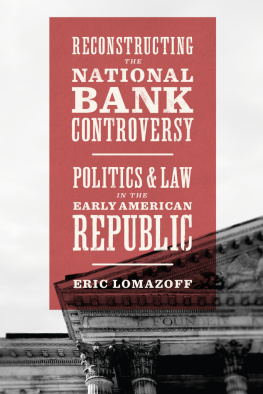

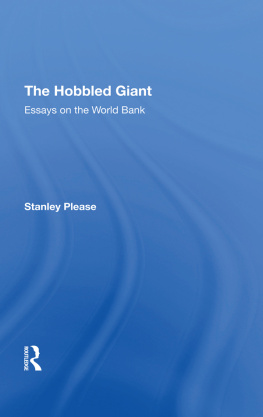
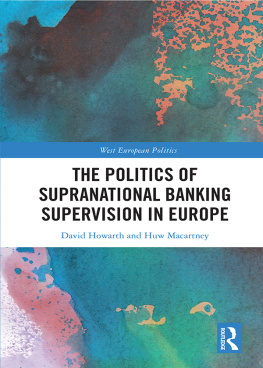
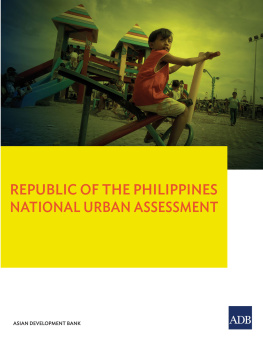
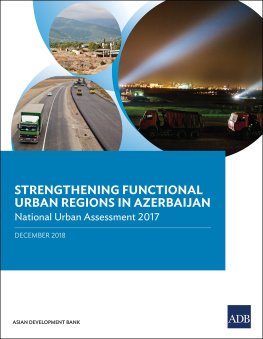
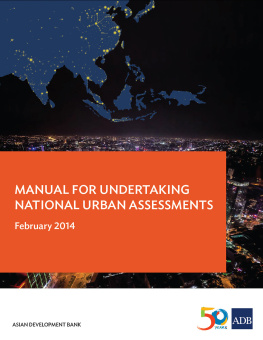
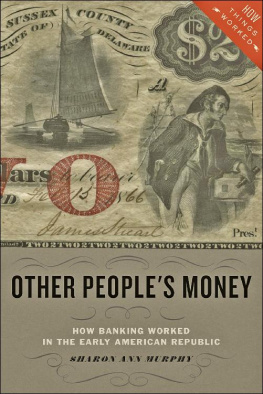
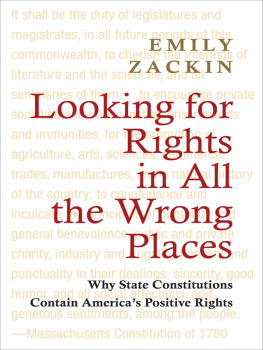
 This paper meets the requirements of ANSI/NISO Z 39.48-1992 (Permanence of Paper).
This paper meets the requirements of ANSI/NISO Z 39.48-1992 (Permanence of Paper).